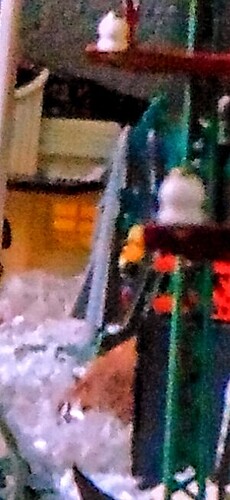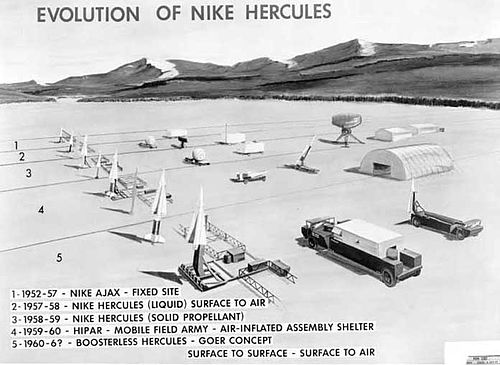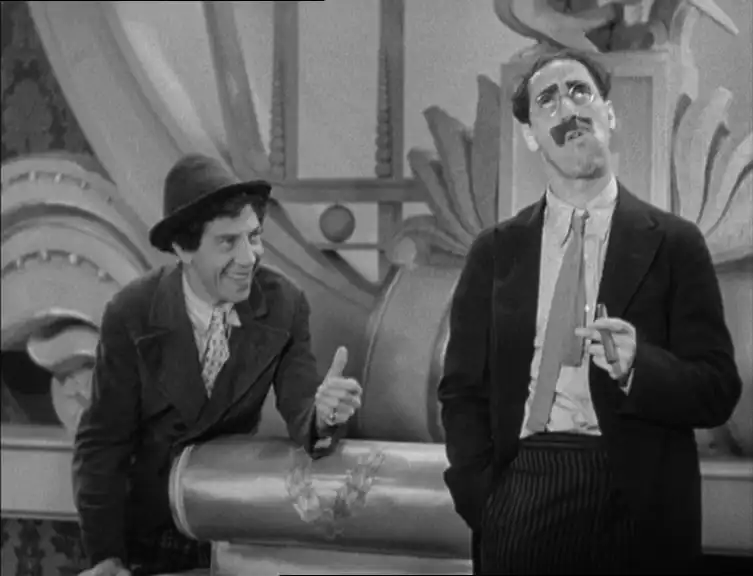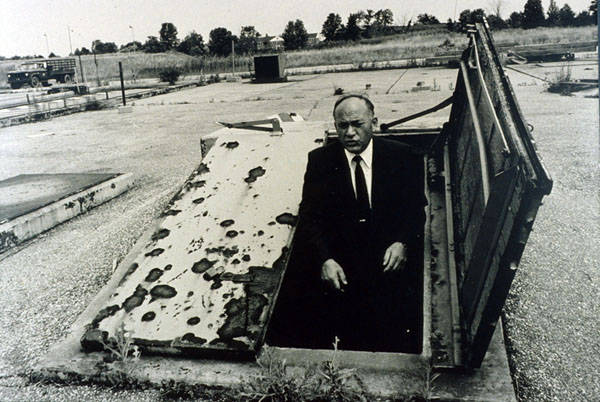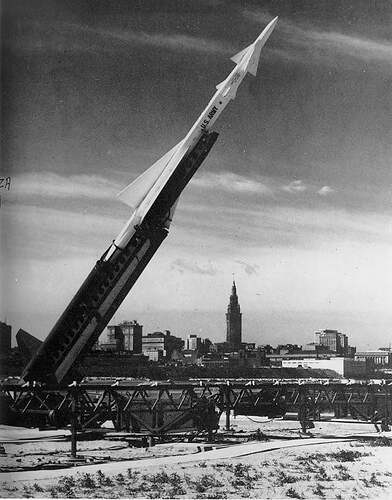now the one helichopter does fly with the folded blades but i do not fly that thing it has 0 controls 0 rotor blades that work and a kill switch so when its charged fully and is switched on at the heli it has a tendency to fly but do what it wants including go into the neighbors yard and the killswitch dont work that well we got it from 5 below worst part it takes a micro usb charger to charge so it lasts a long time on the battery i had to hold the body down by hand while i let the rotors run to drain the battery on my drones if i want to drain battery all i have to do is tap the altitude up 1 time and itll dust the runway til it runs out of juice
Actually it was General Short’s fear of sabotage after receiving the war warning of November 30th 1941 that led to all the Army Air Force assets on Oahu being parked together and out in the open to make them easily guarded that made them so easy to destroy during the attack on December 7th.
His air force commander Major General Frederick Martin did have a dispersal plan but was overruled by Short. General Martin’s mistake was in not standing up to Short as in:
“General, it’s your air force but they’re MY airplanes! Leave their security to me!”
General Martin was relieved of his command post-attack as were General Short and Pacific Fleet commander Admiral Kimmel but was later exonerated by a congressional investigation committee.
Another issue was there weren’t enough PBY’s on Oahu to do a 360 degree search coverage and the IJN was aware that no flights were being done towards the northeast.
Quite true!
Yeah, but what was it that Short wanted? Something like 150 B-17’s to patrol the Hawaiian air space? He could have had the planes he had in the air on CAP after November 30th but instead he chose to pile them up like a miser’s gold coins and dared Tojo to take his toys away. You can’t play king of the hill with your assets and expect the enemy to not try to pick them off. If you’re worried about sabotage double or even triple your security but don’t put expensive equipment at greater risk because you’re paranoid.
IIRC, the PBY’s were USN assets as they were on scouting missions for the Navy. My impression is that the PBY’s were better for that role as they could loiter for long periods.
The primary failing of Kimmel and Short’s handling of guarding Oahu was that the spotting of a midget sub on the morning of the 7th didn’t set off a bunch of alarms. As it was, the Dec 7th attack was no where near the disaster it could have been in that no carriers were in port, most of the ships damaged or sunk were repaired - the Nevada was better off being beached than sunk in deep water, and finally the fuel tank farms were untouched.
As for something flying over my pike - what would have been fun would have been one of the approximately 1/24th scale B-36’s to “fly” over the 1/20.3 scale LGB train. A similar note is the Carlsbad Ruby’s Diner has a large scale model of a Boeing 314 flying boat dangling near the elevated LGB trackage.
There it is. Gets back to what I said earlier, “General it’s your air force but MY airplanes!”
Ironically, the radar team that correctly picked up the invading Japanese planes in plenty of time to react thought the huge signal was… an incoming flight of yet more B-17s…
I don’t think the radar operators were at fault but rather the culture of the command in general. Or rather the prejudices of society at large towards things they didn’t understand influencing the decision making processes of some of those involved. The technology was so beyond their abilities that even those who received instruction didn’t fully comprehend it’s capabilities. By December 8th I’m sure those in the Pentagon responsible for army training were undertaking a serious reevaluation of their radar operation and procedures manuals and training programs.
True. The operators reported what they saw but the observation was dismissed as the incoming B-17’s. Never mind the incoming aircraft weren’t coming in the direction the B-17’s would have been coming.
We also have to remember the intangible factors such as the idea of “Well the Japanese might do something but they’ll never come here!” and the wrenching shift from a peacetime to a wartime mindset hadn’t happened yet. There’s typically always that lag from one to the other. General Schwartzkopf even remarked on high ranking Army officers showing up in Saudi Arabia prior to Desert Shield and bringing golf clubs!
A somewhat under reported story is that the US was in the midst of rapidly increasing aircraft in late 1940 and throughout 1941. A bid aid to this effort was utilizing the experience of the automotive industry in mass production, where the industry was struggling to build a couple of thousand planes per year to building more than 50,000 per year. An aside was that Packard was doing a better job of making Merlin engines than Rolls-Royce.
Interesting as it is, the thread wandering off original subject.
It seems that my reply, intended to be tongue-formly-in-cheek, has sparked an off-topic but very interesting discussion!
There was no Pentagon in 1941 (just a bunch of earth being moved and infrastructure being installed) and no Joint Chiefs as we understand the term. The most knowledgeable officer in the USN on radar was a Lieutenant (whose name I forget–and I don 't know about the Army), and interpretation of the information the various sets could provide was more conjectural than appreciated. PH provides an example: two years later, the distinction between a small flight of (already at that point obsolete models of the B-17) from the very large first wave of Japanese attackers would have been clear, but not in 12/41.
It needs also to be noted that the lion’s share of the first wave attackers were packaged specifically for airfield suppression: Nagumo was terrified of a retaliatory strike. Short-sightedness made his fear moot, but all those P-40s weren’t any real threat to the Kido Butai (the Japanese task force) anyway. AAF attack assets on Oahu consisted mostly of even-more obsolete B-18s (a truly wretched aircraft), and, valuable as they were as patrol planes, the PBYs were not effective at attacking surface targets (subs were another thing entirely).
Further, doctrine developed between the wars in the AAF was predicated on Billy Mitchell’s ego rather than real capability or understanding of actually interdicting ships or intercepting aircraft. The Navy was somewhat better off thanks to their annual war games, but even they were hampered by assumptions about their demonstrated capabilities. Successful simulated attacks were over-ruled as “out of bounds” by the umpires (as if the enemy was going to abide by wargame parameters), and unsuccessful defenses were ruled to be decisive for similar reasons. During the games, half of the USN had actually successfully attacked PH despite opposition by the other half twice in the interwar years. . . .
The Kido Butai had enjoyed real successes fighting in the Western Pacific, the Indian Ocean, and around Eastern Asia for over a year already. Its pilots were veterans, and its aircraft were largely (but not entirely) superior to USAAF and USN opponents. USN fighter pilots had not yet developed the tactics necessary to handle IJN Zeroes with their F4F Wildcats, and the TBD Devastator, which had been state-of-the-art just three years earlier now lagged sadly behind the IJN Kate. The bright spot in the USN arsenal was the SBD: The. Best. Dive. Bomber. Ever. The Army P-40 had potential–as shown by Tyler and Welch, not to mention the 1st American Volunteer Group (i.e. Flying tigers) in China–but the AAF, too, needed to develop ways to fight the IJN effectively.
Top-level command on both sides was poor. Nagumo was handed a victory on a silver platter–but he hadn’t wanted the assignment, was not fitted for the assignment, and never again achieved any success. Kimmel and Short were both hampered by Washington, and both lacked the assets they needed. But neither made effective use of the assets they had–Kimmel having been moderately more effective than Short (who well deserved the drubbing he got). Kimmel needed to be relieved, but one wonders, had King waited until Nimitz arrived to do so, whether Kimmel would have recalled the Wake Island relief expedition as Adm. Pie did. He had to go, but perhaps he went to early.
Anyway, all this stuff merits endless rehashing and arm-chair admiral-ing ![]()
True, but sometimes these topics just take on a life of their own! ![]()
Yeah, what thread doesn’t?
Rich
Haven’t seen a thread yet that didn’t generate tangents. ![]()
Not easy to see here, but there are Marx Nike missile launchers at my airport. Not exactly a standard anti aircraft weapon but we can shoot down bombers if fallout is acceptable…
You’d have to ask Chicolini, we put him in charge of the air force and Groucho is in charge of viaducts.
Or should I say Mr. Hammer? I know Rufus T. Firefly could never be concerned with anything as mundane as viaducts. Viachickens maybe but not viaducts.
